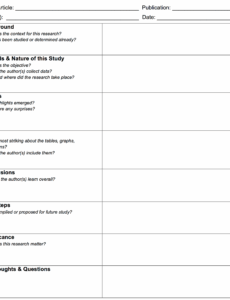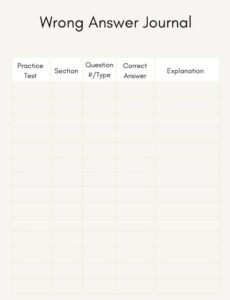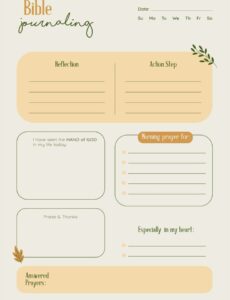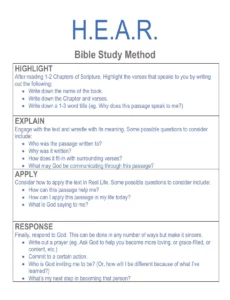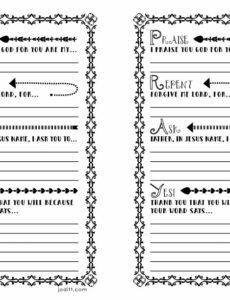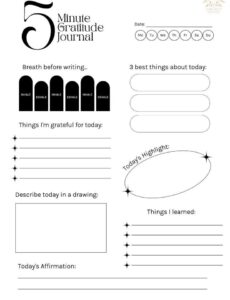Learning new words can sometimes feel like an uphill battle, especially when you’re trying to move beyond simple memorization to truly understanding and using them. We often jot down definitions, maybe an example sentence, and then wonder why those words don’t stick or pop up naturally in our conversations or writing. The truth is, effective vocabulary acquisition requires more than just passive recording; it demands active engagement and a multi-faceted approach to truly embed new terms into your lexicon.
This is where a more robust system, like a specialized vocabulary journal, comes into play. Instead of a simple list, imagine a method that encourages deeper thought, context, and personal connection with each new word. It’s about creating a rich, interconnected web of understanding around every term, ensuring it’s not just recognized but truly owned. Let’s explore how a powerful organizational tool can revolutionize your language learning journey.
Why the Triple Entry Method is a Game Changer for Vocabulary Learning
Many traditional vocabulary learning methods fall short because they often focus solely on the word and its definition. While essential, this narrow focus overlooks the rich tapestry of context, usage, and personal relevance that makes a word truly memorable and usable. We’ve all experienced the frustration of looking at a list of words we "learned" only to realize we can barely recall their meanings, let alone employ them correctly in a sentence. This common pitfall highlights the need for a system that encourages more profound interaction with language.
The triple entry method addresses this by expanding your engagement with each new term beyond a single, isolated fact. It transforms vocabulary acquisition from a passive act of memorization into an active process of discovery and integration. Instead of merely noting down what a word means, you delve into its application, its nuances, and most importantly, how it resonates with your existing knowledge and experiences. This multi-dimensional approach fosters a deeper level of understanding and retention, making words stick for the long haul.
It’s about creating mental hooks that grab onto the word from multiple angles. When you encounter a new word, your brain isn’t just filing away a definition; it’s building a comprehensive profile. This profile includes how the word looks, sounds, is used, and how it relates to concepts you already understand. The power of a well-designed triple entry vocabulary journal template lies in its ability to systematically guide you through this comprehensive profiling process, ensuring no stone is left unturned in your quest for linguistic mastery.
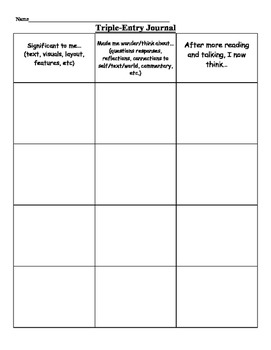
The Three Pillars of Insight
By breaking down the learning process into three distinct but interconnected entries, this method ensures a holistic understanding. Each entry serves a unique purpose, contributing to a robust and lasting grasp of the word.
-
Entry 1: The Word Itself and Its Core Meaning
This is where you record the basic information. What is the word? How is it spelled? What part of speech is it (noun, verb, adjective)? Most importantly, what is its primary definition? Including phonetic pronunciation or a pronunciation guide can also be incredibly helpful here. This first pillar lays the foundational knowledge, much like the base of a strong structure. -
Entry 2: Context, Usage, and Connections
This entry goes beyond the simple definition to show the word in action. Here, you’ll write down an example sentence, ideally one you encountered the word in, or one you create yourself that accurately reflects its usage. This is also the place to list synonyms and antonyms, helping you understand its semantic field. Consider noting any collocations (words that often go together) or common phrases it appears in. This context provides the scaffolding, showing how the word functions within the broader language. -
Entry 3: Personal Reflection and Integration
Perhaps the most powerful entry, this section is all about making the word personally relevant. How does this word connect to something you already know? Why is it useful to you? Can you create a mnemonic device or a visual image that helps you remember it? Think about how you might use this word in your own writing or conversation. This personal connection is the glue that binds the word permanently into your active vocabulary, ensuring it’s not just recognized, but truly internalized.
Crafting Your Own Triple Entry Vocabulary Journal Template
Once you understand the ‘why’ behind the triple entry method, the next step is to put it into practice. Creating your own triple entry vocabulary journal template is surprisingly simple, and it can be adapted to fit your personal learning style, whether you prefer digital tools or the classic pen and paper. The key is to design a format that encourages consistent engagement with each of the three pillars of insight we discussed, making it easy to record and revisit your new vocabulary.
For those who love the tactile experience, a dedicated notebook with pre-drawn columns or even just a standard lined notebook can work beautifully. You might divide each page into three sections, or dedicate a two-page spread per word for more extensive notes. If you’re digitally inclined, a spreadsheet program like Google Sheets or Excel, a note-taking app like Notion or OneNote, or even a simple word processor document can be customized. The beauty of a digital template is the ease of searching, sorting, and adding multimedia elements.
Regardless of your chosen medium, the core elements of your triple entry vocabulary journal template will remain consistent. Each entry for a new word should clearly designate space for the three primary components. Thinking about what information you want to capture in each section will help you structure your template effectively.
Here’s a breakdown of common categories you might include:
- Word/Phrase: The new vocabulary item itself.
- Definition(s) & Part of Speech: Clear, concise meanings and its grammatical function.
- Example Sentence(s): How the word is used in context, ideally multiple examples.
- Synonyms/Antonyms: Words with similar or opposite meanings to build semantic networks.
- Personal Reflection/Mnemonic/Image: Your personal connection, memory aids, or a quick sketch.
- Date Added/Date Reviewed: To track your progress and prompt regular review.
Using your template effectively requires more than just filling it out; it demands active engagement. Make it a habit to review your entries regularly – perhaps weekly or whenever you hit a certain number of new words. Don’t just reread; actively test yourself. Try to recall the word from its definition, or vice versa. Use the new word in conversations, writing emails, or even thinking aloud. The more you interact with your journal and the words within it, the stronger your recall and understanding will become, truly leveraging the power of a triple entry vocabulary journal template. This consistent interaction turns passive learning into active mastery, allowing you to integrate new language into your daily life with confidence and precision.
Embracing this structured approach to vocabulary learning can profoundly impact your language fluency and comprehension. By dedicating time to not just define but also contextualize and personally connect with each new word, you’re building a deeper, more resilient understanding that goes far beyond rote memorization. It’s about creating a personalized dictionary of knowledge that truly serves your unique learning journey.
Starting your own triple entry journal today will equip you with a powerful tool for linguistic growth. As you consistently engage with words on multiple levels, you’ll find your active vocabulary expanding, your ability to express complex ideas improving, and your overall confidence in language soaring. It’s an investment in your communication skills that pays dividends for years to come.
